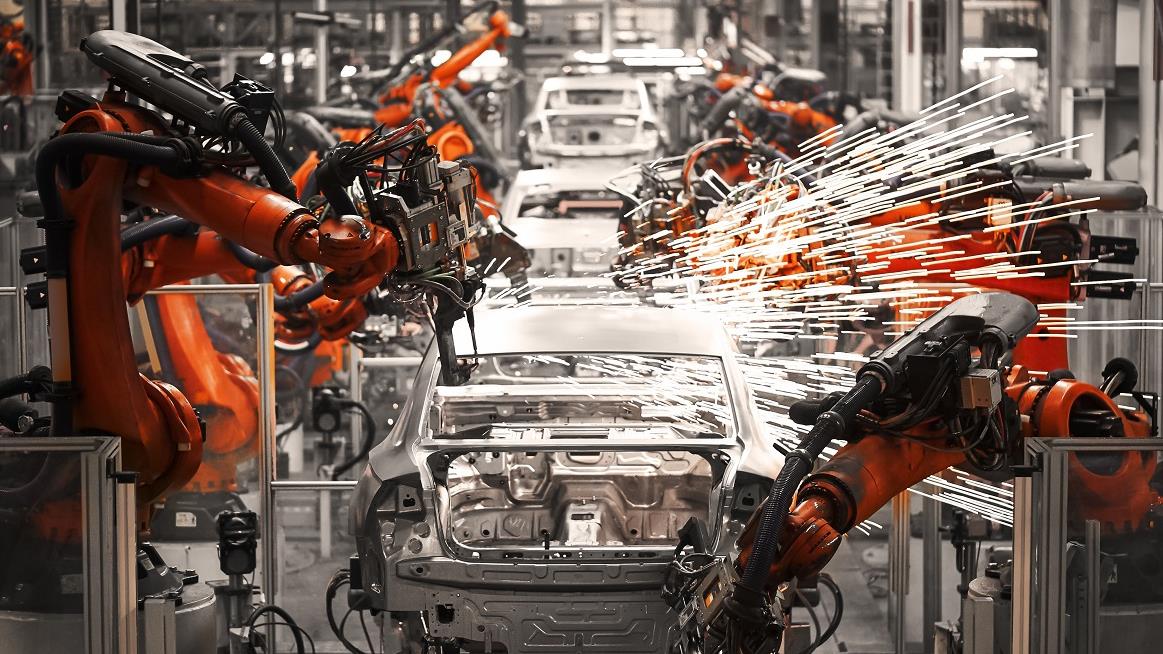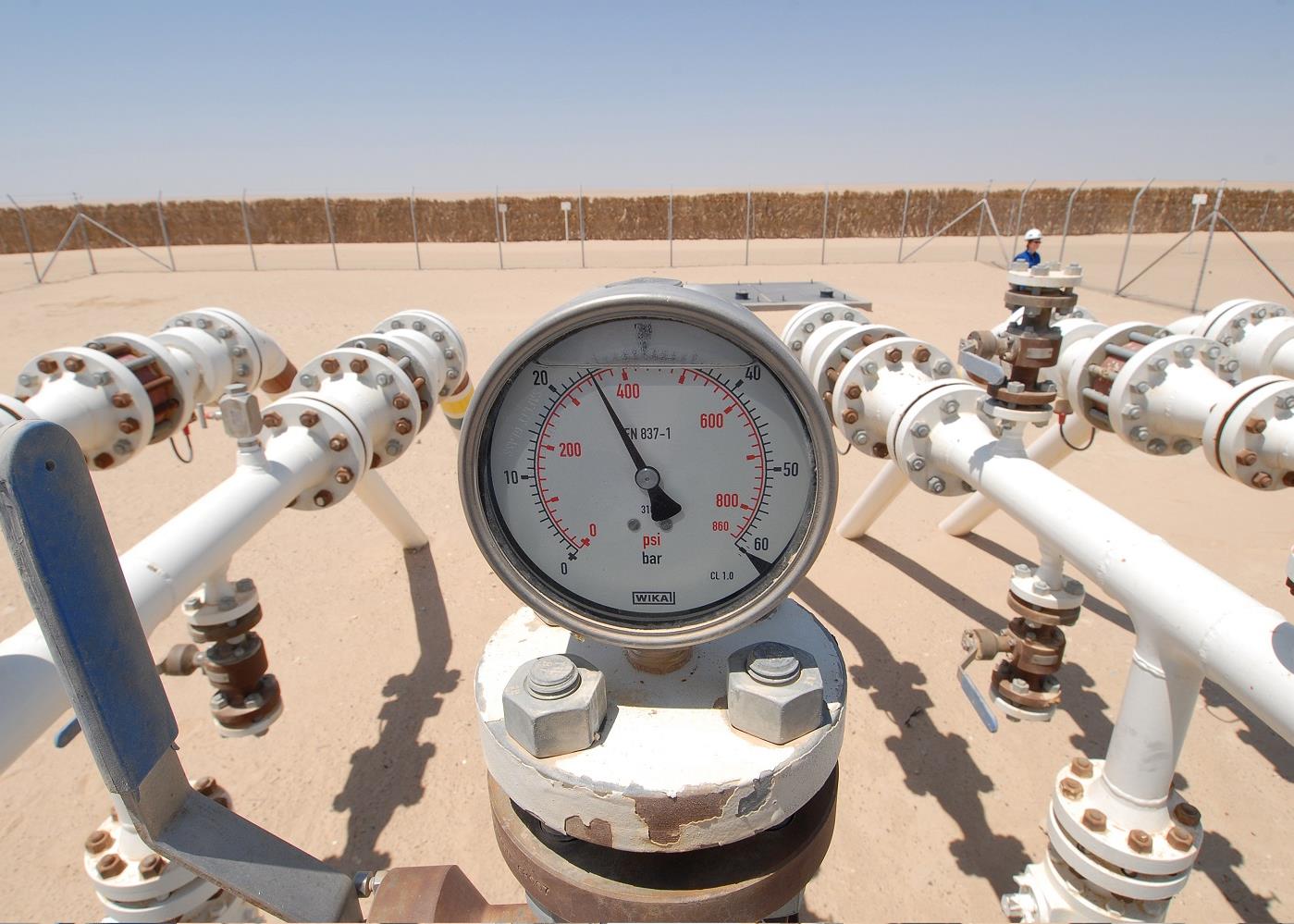


In June 2020, management consultant McKinsey & Company published ‘The Next Normal in Construction’. The seminal report examines the impact of disruptive trends such as industrialisation, the adoption of new materials, and increasing digtalisation on the future of the global construction industry.
One of the key shifts predicted by the report is the sector’s increasing adoption of product-led practices used in the manufacturing industry. This means reducing the bespoke nature of projects to utilise standardised, repeatable elements or modules, that have been fabricated offsite by specialist teams, then transported and assembled onsite.
As well as reducing excessive waste currently plaguing the sector – an estimated 30 per cent decrease in waste has been reported with the use of offsite fabrication processes – industrialised construction methods also improve project predictability, both in terms of scheduling and quality.
The benefits go beyond project delivery. Nicholas Reynolds, construction director at the super luxury tourism destination Amaala on Saudi Arabia’s Red Sea coast, says that offsite fabrication also minimises the impact of building in environmentally sensitive and isolated areas. “We are looking at all things offsite that can assist delivery of our buildings in a very remote location,” says Reynolds. “There is not an existing workforce, there is not an existing contractor base…We have got very high sustainability and environmental standards that we have to meet.”
But the Amaala director stresses that offsite prefabrication cannot be carried out using traditional methodology. Modular construction requires stakeholders to adopt a different approach from the outset to fully leverage its benefits.
Data-led decisions
“For companies wanting to do modular construction, the major investment needs to be in data and design,” says Naji Atallah, head of construction and manufacturing at the Middle East office of USbased technology firm Autodesk. “And getting that right is becoming easier.” “It all starts with the data that describes the components: how they are made, how they fit together, build assemblies and then modules.”
 The digitalisation of products and services is generating an abundance of data available to make decisions on product design and construction and also on supply chain management. “Our current generation of technologies can easily handle these considerations,” says Atallah. “Technology is no longer a bottleneck.”
The digitalisation of products and services is generating an abundance of data available to make decisions on product design and construction and also on supply chain management. “Our current generation of technologies can easily handle these considerations,” says Atallah. “Technology is no longer a bottleneck.”
Using data-informed design, a library of standardised products can be created and reused. Modifications and updates can be made to the original elements, building on expertise that has gone before. But standard products need to be taken into account during the early stages of a project to minimise expensive, bespoke deviations.
Final design and specifications decisions on details such as interior finishes must be made from the outset so that module fabrication can begin immediately. While this may shorten the overall build schedule, it is not easy to make changes at a later stage.
Upfront payments for prefabricated components is another key consideration for contractors using offsite prefabrication. Traditional cash flow models and contract payment terms need to be redrafted to cover liabilities relating to manufacture, delivery and assembly.
Decisions and spending that would traditionally have been spread through the lifespan of a project are increasingly concentrated in the planning stage of a module-based development. While this could delay the start of construction, it enables the prefabrication of different elements to run in parallel – a kitchen pod can be fitted out while concrete foundations are being poured.
This shortens the overall build time and reduces waste caused by clashes, design variation, reworking and disputes. Offsite manufacturing can cover anything from advanced building products, single and multi-trade assemblies to flat panels and 3D volumetric modules that include structural elements along with other trade assemblies.
Amy Marks, head of industrialised construction strategy and evangelism at Autodesk explains that aiming to use or produce the larger, volumetric modules is not necessarily the best approach. “This [continuum] is not a hierarchy,” says Marks, “volumetric modules are not at the top. It is whatever tools you have in your toolkit that actually meet the requirements and parameters that you need for that project.” Marks says that, while a volumetric approach is ideal for local markets, highly-technical, specialised units such as medical headwalls are more likely to find international customers. “Empty boxes do not ship very far,” she says. “Very complex assemblies ship around the world.”
Regulating change
As with any innovation, government regulation can lag behind, slowing take up. This is certainly the case with the adoption of industrialised construction methods in the Middle East, as permitting and approvals for modular developments is often slow. Advocates of modular building methods say that the biggest challenge it faces is a lack of understanding of prefabricated products and processes in the industry.
A broader education of all stakeholders, from clients and architects to developers and contractors is required, they say, so that a cohesive case can be presented to authorities. While some governments have shown a lot of interest in promoting greater use of industrialised construction to reduce waste, improve predictability and reduce the impact of construction on the environment, a better understanding of the concepts would promote confidence and reduce resistance to innovation across the region.
Once authorities understand this new way of working, building codes can be streamlined to make vital improvements to the construction infrastructure. “Everything is changing within our construction market,” says Amaala’s Nicholas Reynolds. “We know that we cannot build the way we have built in the past. It is not labour efficient. It is not material efficient. It is not carbon efficient. We can get a good product at the end, but at what cost?”

Download The Future of Construction here
You might also like...

Rainmaking in the world economy
19 April 2024

Oman receives Madha industrial city tender prices
19 April 2024

Neom seeks to raise funds in $1.3bn sukuk sale
19 April 2024

Saudi firm advances Neutral Zone real estate plans
19 April 2024
A MEED Subscription...
Subscribe or upgrade your current MEED.com package to support your strategic planning with the MENA region’s best source of business information. Proceed to our online shop below to find out more about the features in each package.






